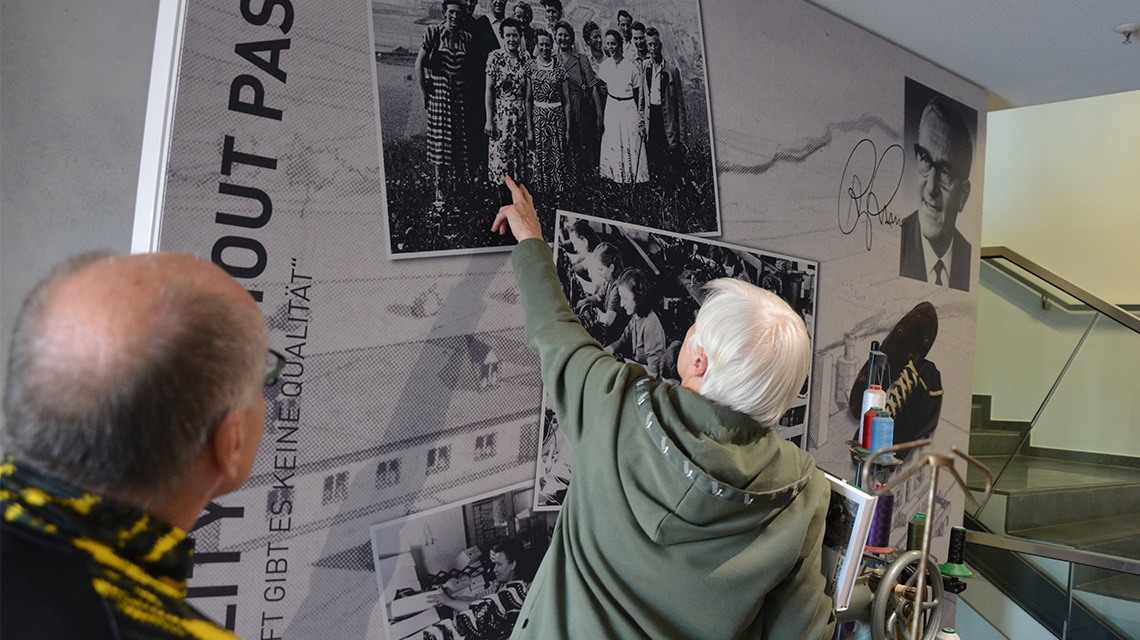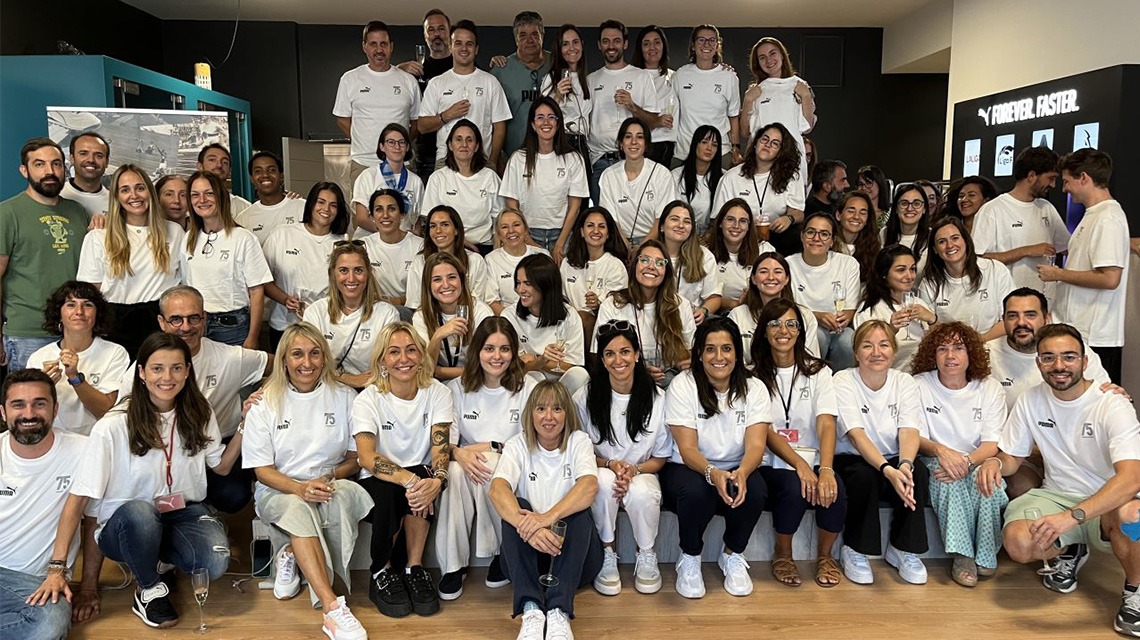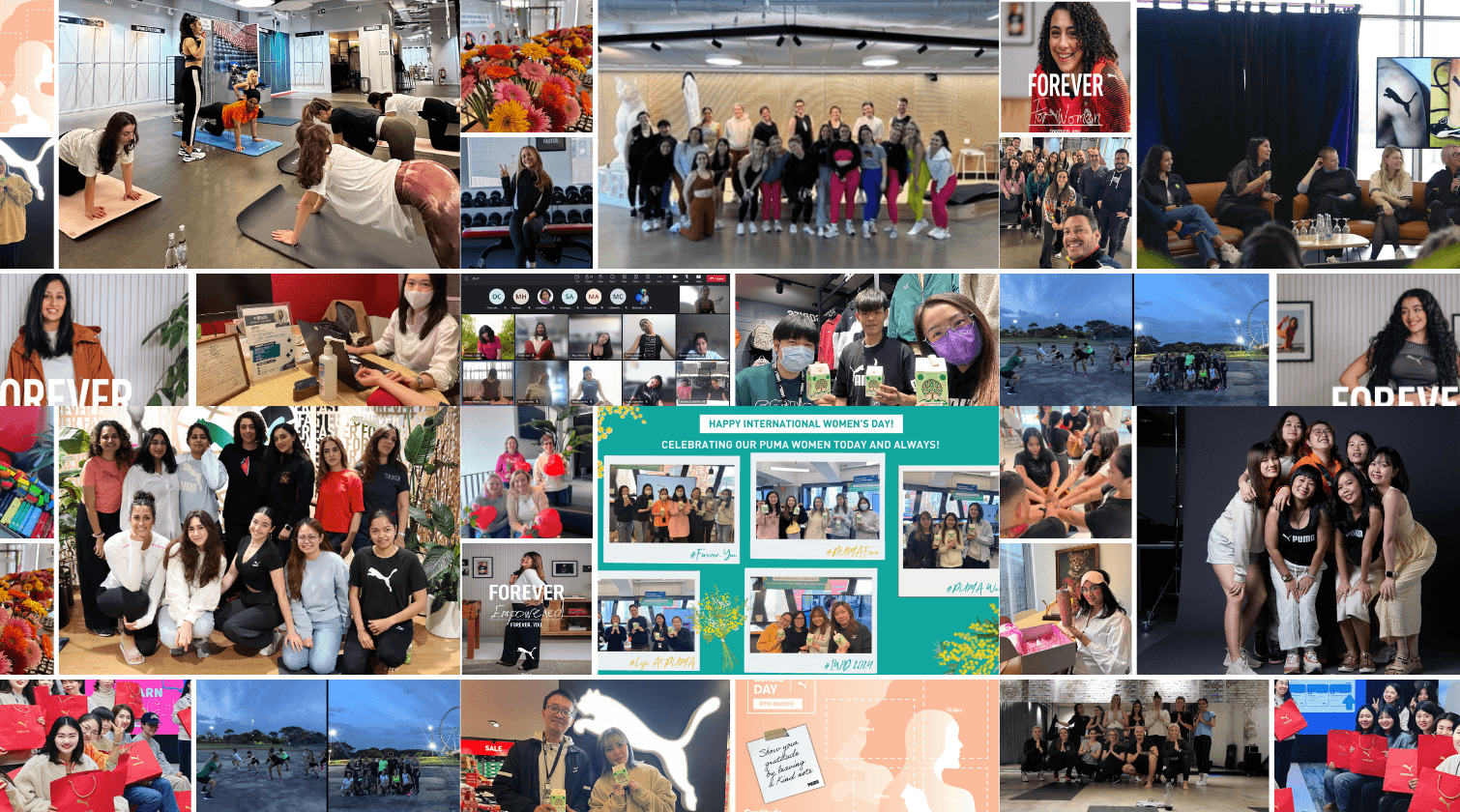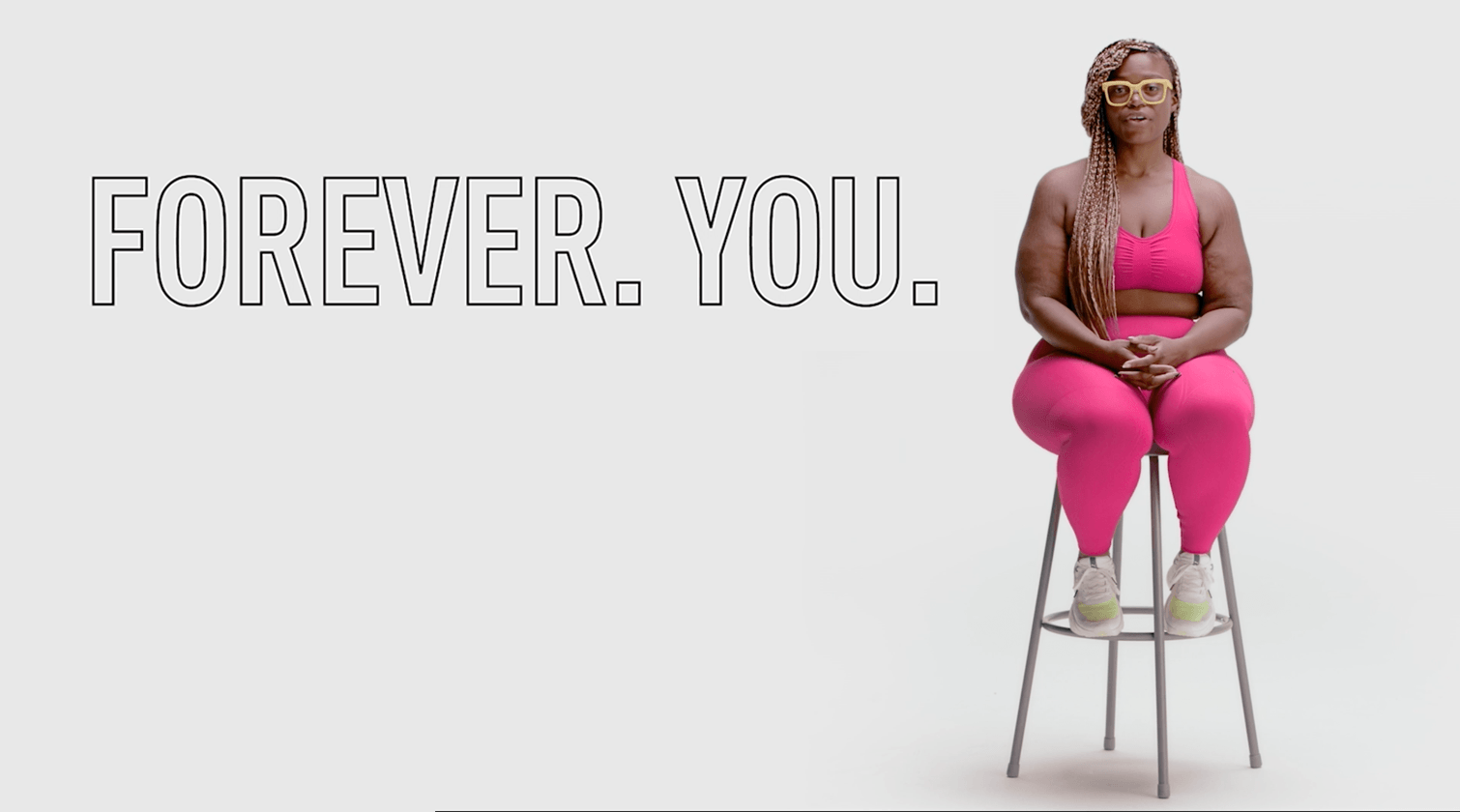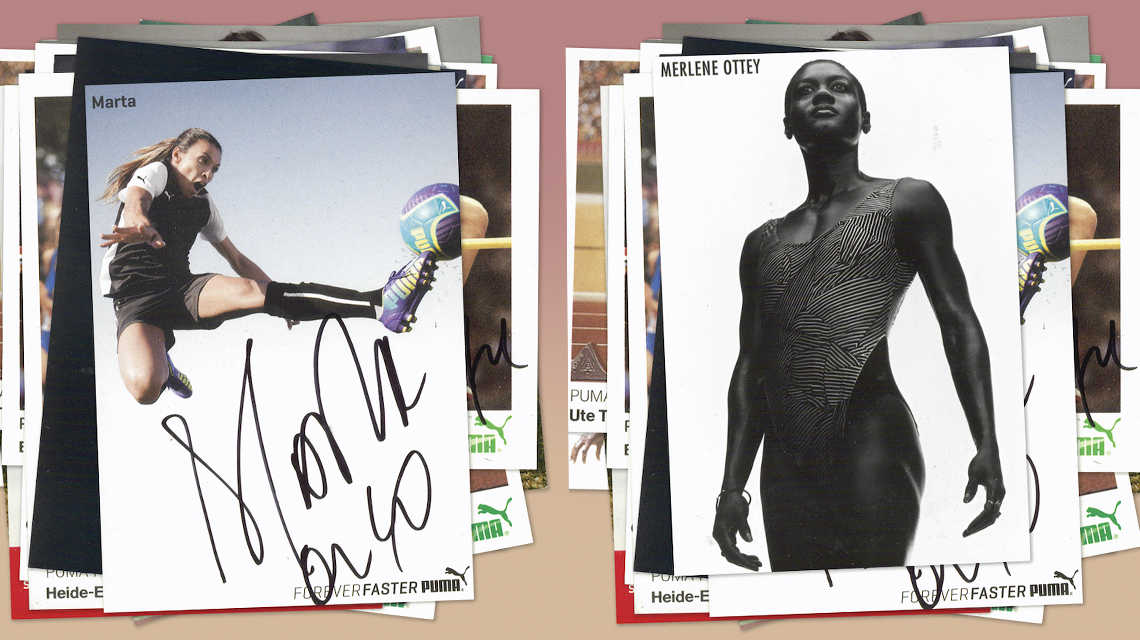
What Equal Pay means
@ PUMA
Dietmar Knoess, Gulchekhra Bakeberg and Alicia Austin talk Past, Present & Future
March 7, 2025Dietmar Knoess, Gulchekhra Bakeberg and Alicia Austin talk Past, Present & Future
March 7, 2025In line with Germany’s Equal Pay Day, we took a deep dive into the topic of Equal Pay at PUMA – reflecting on our progress, evaluating where we stand today, and outlining our goals for the future. To gain deeper insights, we spoke with Dietmar Knoess, Vice President P&O, Gulchekhra Bakeberg, Senior Director P&O EMEA, and Alicia Austin, Senior Vice President P&O North America.
Bringing their expertise to the conversation, Dietmar, Gulchekhra, and Alicia offer an exclusive behind-the-scenes look at Equal Pay at PUMA. With Alicia recently earning the Equal Pay certification for North America, they share valuable insights on our progress and future goals. Let’s dive in!
Dietmar, how is Equal Pay defined at PUMA, and why is it important for the company?
Dietmar: Equal Pay is defined as ensuring that all people at PUMA receive fair compensation for their work, regardless of gender or any other characteristic. If there is any difference in pay for the same or similar role, it may be related to a colleague’s level of experience. This is crucial for PUMA as we promote a culture of fairness and inclusivity, which enhances our PUMAs’ satisfaction and retention, and ultimately drives better business performance. I know that some people think that Equal Pay means that all companies in a region or industry pay the same, but that is not what it means. Of course. we regularly conduct pay benchmarks to ensure competitive pay. But there are always companies out there which have different pay schemes which are sometimes better, but also sometimes worse.
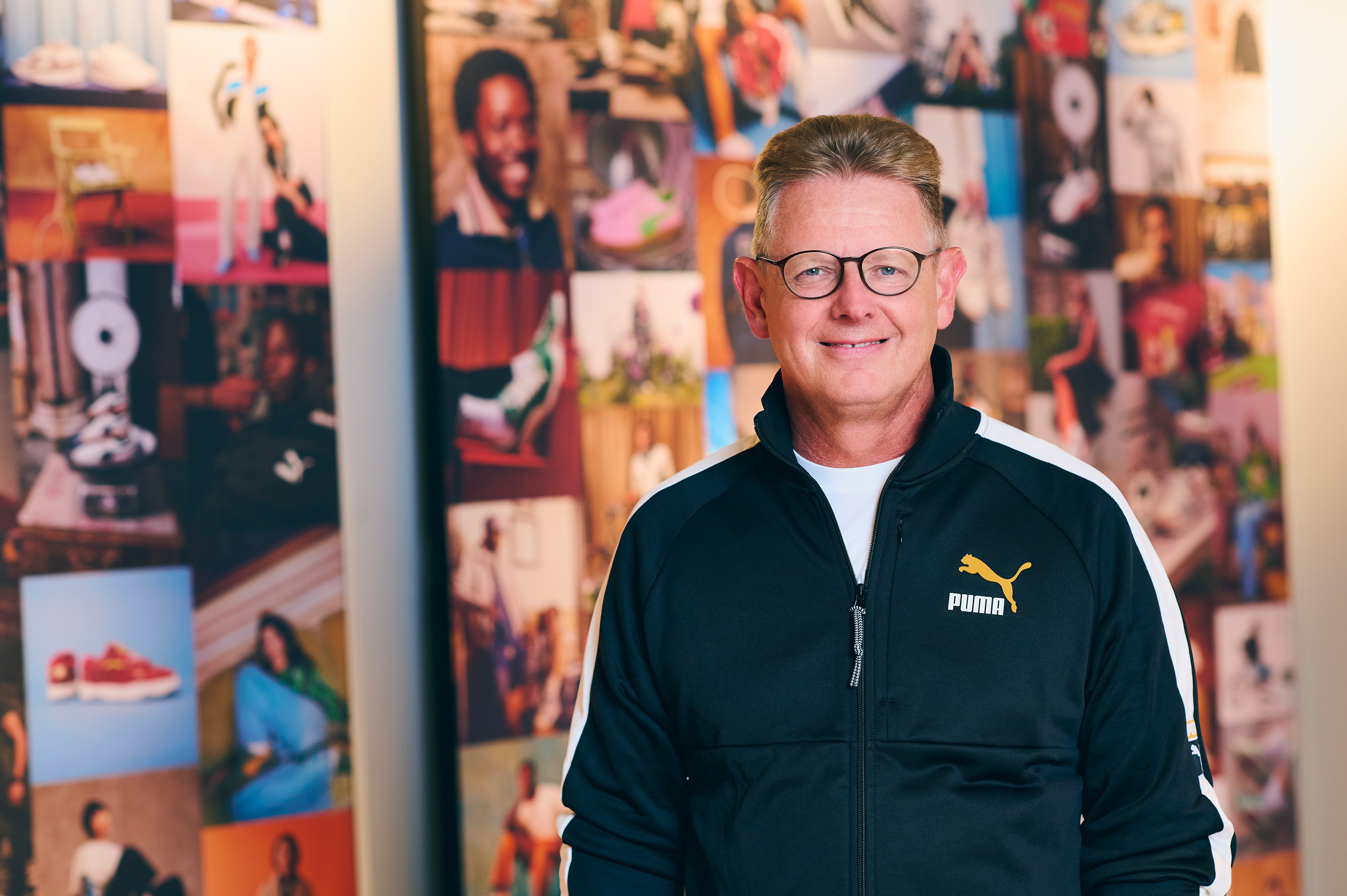
Dietmar Knoess – Vice President P&O
Does PUMA have a policy, clearly defined goals, or a roadmap for Equal Pay until a specific date?
Dietmar: Yes, PUMA has a comprehensive roadmap for achieving Equal Pay across all countries. This includes regular annual pay audits, and targets for closing any identified pay gaps as soon as possible. The roadmap is designed to ensure that PUMA meets its Equal Pay goals by 2030 at the very latest, demonstrating the company’s commitment to fairness and equality.
Are there measurable successes and benchmarks showing how PUMA compares to other companies?
Dietmar: Recent internal audits have shown that for a minimum of 75% of our global PUMA population the gender pay gap has already been closed, reflecting the effectiveness of our initiatives and commitment to continuous improvement. For the remaining 25% we are collecting the data (which is not always easy, particularly in hyperinflation countries). But I am confident that we are not that far away from closing the gap soon. PUMA benchmarks its Equal Pay efforts against industry standards and best practices with the support of FPI. It sees PUMA as a frontrunner and leading company when it comes to Equal Pay.
For me personally, equity means creating a workplace where everyone feels valued and has the same opportunities to grow. Pay equity is just one but a very important element of it.

Gulchekhra Bakeberg – Senior Director P&O EMEA
What has PUMA’s Equal Pay journey looked like so far?
Gulchekhra: DE&I has always been and will continue to be a high priority at PUMA. I believe it has always been at the core of our company. Since I joined PUMA 10 years ago, I have consistently experienced this commitment. In 2022, we began seeking external certifications to validate our efforts, starting in Germany with an analysis of our internal compensation structures. The results confirmed our pay was already gender-neutral, requiring no corrective measures, only the continued reinforcement of existing principles. As a result, Germany became the first PUMA subsidiary to be certified by the FPI.
Since then, more PUMA subsidiaries have successfully completed official external evaluations, confirming the absence of a gender pay gap. This is an ongoing process, and we recognize that there is always room for improvement. We remain committed to this journey, continuously expanding our analysis and certification efforts across more PUMA subsidiaries.
Firstly, I believe everyone has the freedom to pursue any job they want and can reach any career heights they aspire to with enough effort. There are no 'men's' or 'women's' jobs. While society still tends to label certain roles as more suitable for one gender, this has never stopped those who truly believe in themselves. A well-known example is Marie Skłodowska Curie, the first person to win two Nobel Prizes in different scientific fields. In her time, the idea of a 'woman in science' was unusual to most of society.
For me, pay equity has two key elements: 1) the job itself and its requirements – the 'what' – and 2) the impact and positive difference I bring to the organization through this job – the 'how'. The first is determined by market value, and the second by my professionalism, quality, speed, and competence.
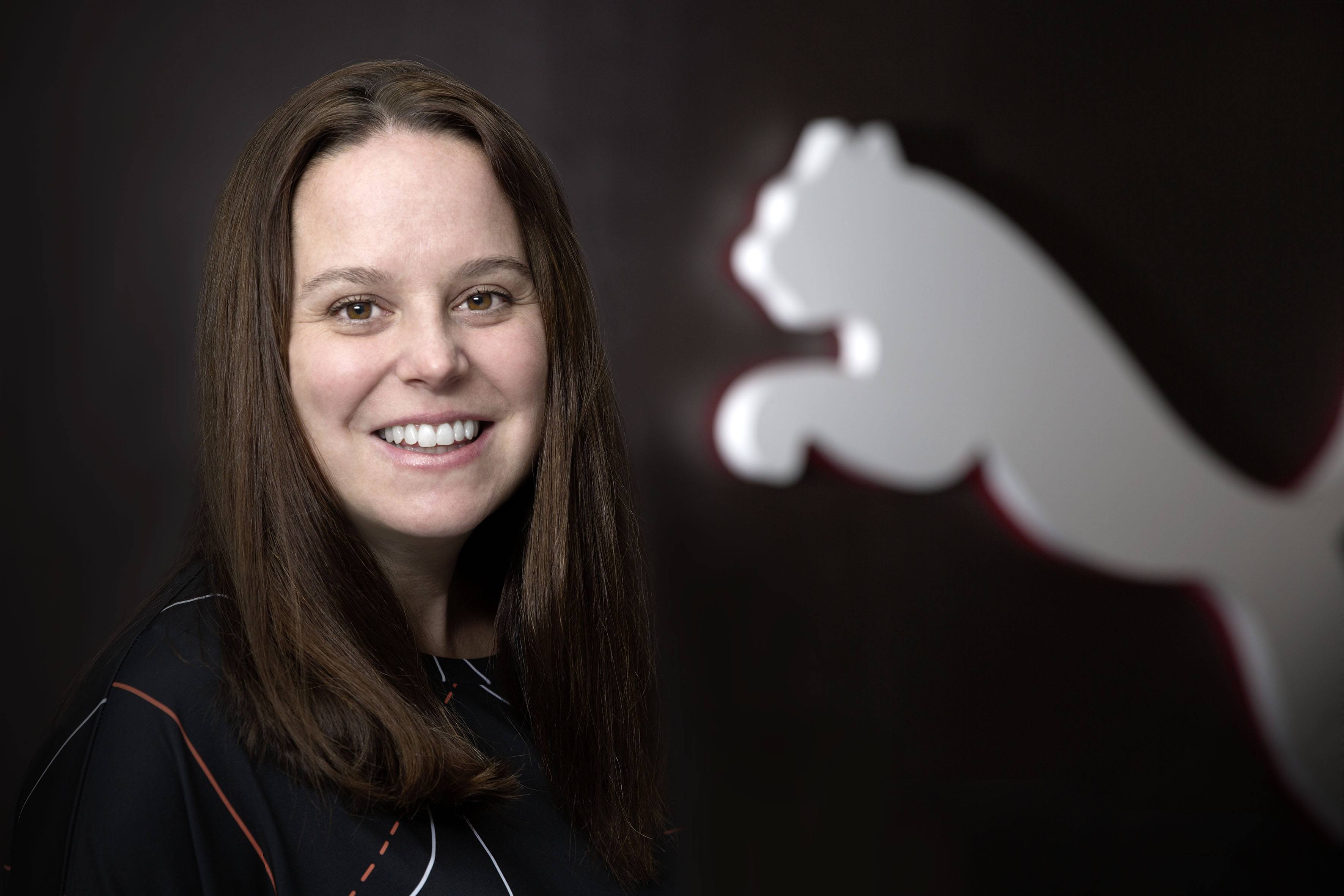
Alicia Austin – Senior Vice President P&O North America
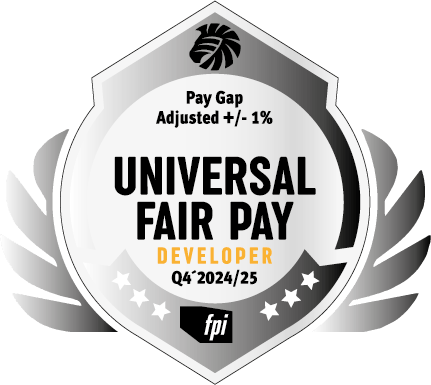
FPI Certification USA & Canada
Alicia, you recently received the Equal Pay certificate. Congrats! Can you tell uns something about the process behind?
Alicia: Due to local regulations in the US & Canada, PUMA North America has been conducting pay audits for over 10 years. Pay data is analyzed at a minimum on an annual basis. Based on the results, variances are most often resolved in line with the talent management cycle. In 2023, the Global P&O community was introduced to an analytics tool to model pay data to gain insights into Equal Pay at PUMA, ensuring alignment and common understanding across the world. Local compliance, coupled with a global lense on Equal Pay, allowed us to be well prepared in confidently submitting our data to the FPI. As the team began running the analytics, we quickly saw that North America‘s results would align with the Universal Fair Pay Developer.
How did employees react to the measures?
Alicia: Employees reacted really positiviely to the Equal Pay certificate! North America has been strategically focusing on pay transparency with the goal to bring more awareness to employees about the structures and practices in place that ensure fair and equitable pay. The recognition from the FPI helped recognize our hard work and dedication to Equal Pay as a company. We have various regulations in North America related to pay on the horizon for 2025 and will continue to highlight our commitment to this work as a region.
As a female Senior Leader, pay equity is crucial for me for several personal reasons. It ensures that my skills, experience and contributions are valued equally to those of my male counterparts. By advocating and achieving pay equity, I strive to set a powerful example for other women at PUMA. When employees see that pay equity is a priority, they are more likely to feel valued, and have higher job satisfaction and morale, ultimately fostering a longer-term commitment to working for PUMA. Lastly, promoting pay equity fosters a culture of fairness and inclusivity which has been and continues to be a top strategic priority for PNA.
Thank you Dietmar, Gulchekhra and Alicia for the interesting insights!
